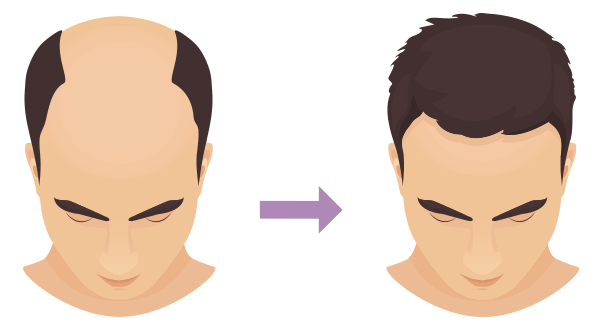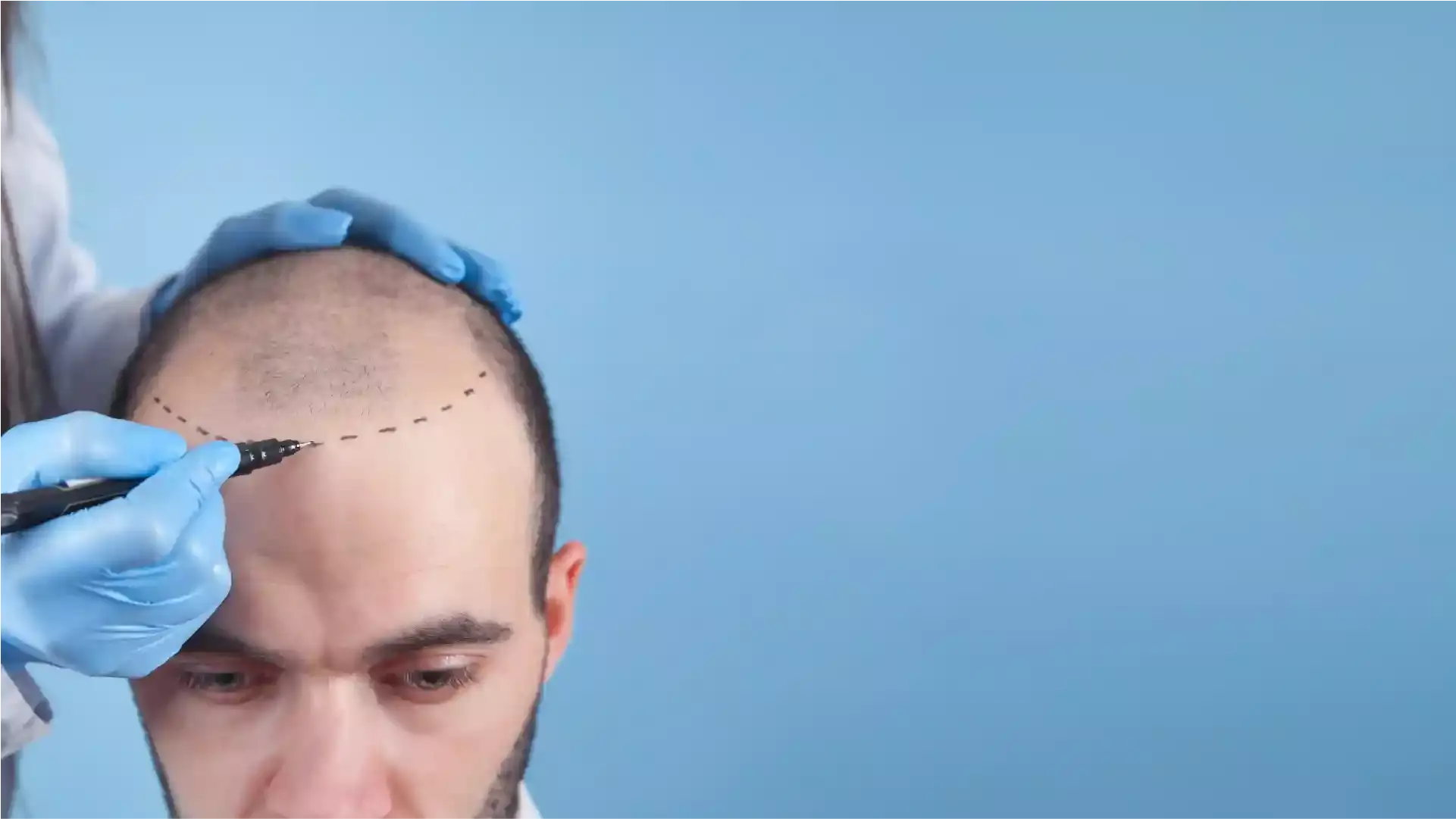DHI Hair Transplant in Turkey at DrPilus
Hair loss can be a distressing experience for both men and women, impacting self-confidence and overall well-being. Fortunately, advancements in medical technology have led to various hair restoration techniques, with DHI (Direct Hair Implantation) hair transplant gaining significant popularity. In Turkey, one of the leading providers of DHI hair transplant procedures is DrPilus, renowned for their expertise and excellent results.

Introduction
DHI hair transplant is an innovative technique that involves the extraction and transplantation of individual hair follicles. Unlike traditional methods, DHI ensures a more precise and natural-looking outcome. With DrPilus, patients can access high-quality DHI hair transplant in Turkey, performed by a team of experienced professionals.
Understanding DHI Hair Transplant
DHI hair transplant stands out for its unique approach to hair restoration. The procedure involves extracting hair follicles from the donor area, typically the back of the head, and directly implanting them into the recipient area using specialized Choi pens. This meticulous process allows for precise control over the angle, direction, and depth of hair follicle placement, resulting in a natural and seamless hairline.

Benefits of DHI Hair Transplant
DHI hair transplant offers numerous benefits compared to traditional hair transplant techniques:
Natural-looking results: By precisely controlling the angle and direction of hair implantation, DHI ensures a natural hairline and seamless integration with existing hair.
Minimally invasive: DHI hair transplant minimizes scarring, as it doesn't require the creation of recipient site incisions.
Faster recovery: The minimally invasive nature of DHI hair transplant leads to faster healing and shorter recovery time compared to other methods.
Higher hair density: With DHI, a higher density of hair follicles can be achieved, resulting in a fuller and more aesthetically pleasing outcome.
Long-lasting results: Transplanted hair follicles are typically resistant to further hair loss, providing long-term results.
DrPilus: A Leading Provider of DHI Hair Transplant in Turkey
When considering DHI hair transplant in Turkey, DrPilus emerges as a top choice. Their commitment to excellence, state-of-the-art facilities, and highly skilled medical team have earned them a reputation for delivering outstanding results.
The Procedure: Step-by-Step Guide
To help you better understand the process, here is a step-by-step guide to a typical DHI hair transplant procedure:
Preoperative consultation and assessment: During this stage, a thorough examination is conducted to assess your hair loss pattern, donor area condition, and the desired outcome. The medical team at DrPilus will develop a personalized treatment plan tailored to your specific needs.
Donor area preparation: Before the extraction, the donor area is cleaned and local anesthesia is administered to ensure a painless experience.
Extraction of hair follicles: Individual hair follicles are extracted using specialized tools, ensuring minimal damage to the surrounding tissues and maximum viability of the grafts.
Graft placement using Choi pens: The extracted follicles are meticulously implanted into the recipient area using Choi pens, allowing for precise control over the depth and direction of each hair follicle.
Postoperative care and recovery: DrPilus provides comprehensive postoperative care instructions to optimize healing and ensure the best possible results. Follow-up appointments are scheduled to monitor progress and address any concerns.
Why Choose DrPilus for DHI Hair Transplant in Turkey?
Several factors make DrPilus an ideal choice for DHI hair transplant in Turkey:
Experienced and skilled medical team: DrPilus boasts a team of highly experienced and skilled surgeons who specialize in DHI hair transplant procedures. Their expertise ensures optimal results and patient satisfaction.
State-of-the-art facilities and technology: DrPilus is equipped with modern facilities and utilizes the latest technology to provide the highest level of care and precision during the procedure.
Customized treatment plans: Each patient is unique, and DrPilus understands the importance of personalized treatment plans. They take into account individual characteristics and goals to create a tailored approach.
Positive patient reviews and testimonials: DrPilus has a track record of satisfied patients who have experienced successful outcomes and shared their positive experiences through reviews and testimonials. Affordable pricing options: While maintaining high-quality standards, DrPilus offers competitive pricing options, making DHI hair transplant accessible to a wider range of individuals.
Success Rates and Patient Satisfaction
DrPilus takes pride in their high success rates and the satisfaction of their patients. The clinic's commitment to delivering exceptional results has earned them a reputation as a trusted provider of DHI hair transplant in Turkey. Conclusion DHI hair transplant at DrPilus in Turkey offers a state-of-the-art solution for individuals seeking natural hair restoration. With their experienced medical team, cutting-edge facilities, and personalized treatment plans, DrPilus stands out as a leading provider of DHI hair transplant procedures. By choosing DrPilus, patients can expect exceptional results and a positive experience throughout their hair restoration journey.
FAQs
What is the recovery time for DHI hair transplant?
The recovery time for DHI hair transplant is typically around 7 to 10 days. During this period, patients may experience mild swelling and redness, which gradually subsides.
Are there any side effects of DHI hair transplant?
Like any surgical procedure, DHI hair transplant may have some temporary side effects such as swelling, redness, itching, or minor discomfort. These effects are typically mild and subside within a few days.
How long do the results of DHI hair transplant last?
The transplanted hair follicles in DHI hair transplant are typically resistant to further hair loss, providing long-lasting results. However, the overall longevity of the results can vary depending on individual factors and proper postoperative care.
Can women undergo DHI hair transplant?
Yes, women can undergo DHI hair transplant. It is an effective solution for women experiencing hair loss or thinning, providing natural-looking and long-lasting results.
Is DHI hair transplant suitable for people with advanced hair loss?
DHI hair transplant can be suitable for individuals with advanced hair loss, depending on the availability of a sufficient donor area. A thorough consultation with the medical team at DrPilus will determine the suitability of the procedure for each individual case.
